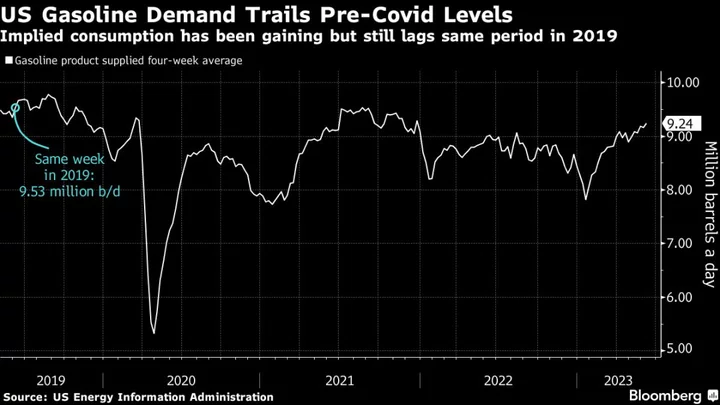Scientists have achieved a major breakthrough using a so-called ‘miracle material’ to boost the efficiency of solar panels.
Two separate studies published on Thursday demonstrated how the material perovskite could push the power conversion efficiency rate of photovoltaic (PV) solar cells above 30 per cent – beyond the theoretical limit of 29 per cent for traditional silicon (PV) solar cells.
“Overcoming this threshold provides confidence that high-performance, low-cost PVs can be brought to the market,” wrote material science researchers Stefaan de Wolf and Erkan Aydin, who were not involved in the research, in an article published in the journal Science.
Perovskite has emerged in the past 15 years as a material capable of transforming an array of industries, from renewable energy, to ultra high-speed communications.
Materials science professor Zeev Valy Vardeny from the University of Utah described perovskite in 2017 as “unbelievable, a miracle material”, after it was able to radically improve the sunlight-to-energy efficiency of solar cells.
Perovskite’s properties allow it to harvest energy from a greater range of the light spectrum, however until recently it was too unstable to be used outside of laboratory conditions.
By stacking a layer of perovskite on top of silicon into a tandem device, the researchers were able to significantly boost the efficiency of commercial PV technologies while retaining the industry standard configuration.
“Tandem solar cells are the most straight-forward route toward decreasing the levelized cost of electricity, well beyond what is possible for single-junction solar cells,” wrote Professor de Wolf and Aydin.
The teams from China and Japan who were behind the latest breakthrough claim the latest design will pave the way for the mass production of ultra-efficient solar panels.
The current efficiency record for this next-generation solar cell is 33.7 per cent, achieved by engineers at the KAUST Solar Center in Saudi Arabia earlier this year, having risen from under 4 per cent efficiency in 2009.
Last month, a startup in China announced that it planned to begin production of tandem solar cells, with the abundance of perovskite cutting costs to “just one 20th of traditional solar cells”, according to Professor Tan Hairen from Nanjing University.
The scientists behind the latest research believe their approach could ultimately achieve an efficiency rate “well above 35 per cent”, though more work needs to be done on making the tandem cells more durable in real-world conditions, as well as scaling them up to the size of traditional solar panels.
“Arguably, the most critical factor lies in the annual degradation rate under actual outdoor conditions, which for perovskite-silicon tandems remains largely unknown,” the Perspective noted.
“To be commercially viable, this degradation should be on par with mainstream PV technologies, which is less than 1 per cent relative per year.”
The research was detailed in two separate papers published in the journal Science.
Read MoreMineral discovery could meet global battery and solar panel demand for next 100 years
Mark Zuckerberg trolls Elon Musk with Spider-Man meme after launching Twitter rival
People are realising something really worrying about Threads









